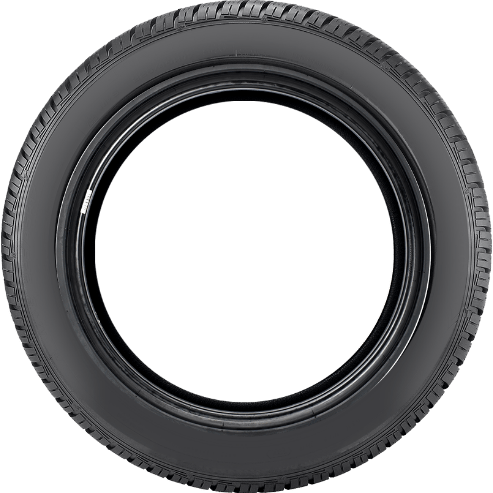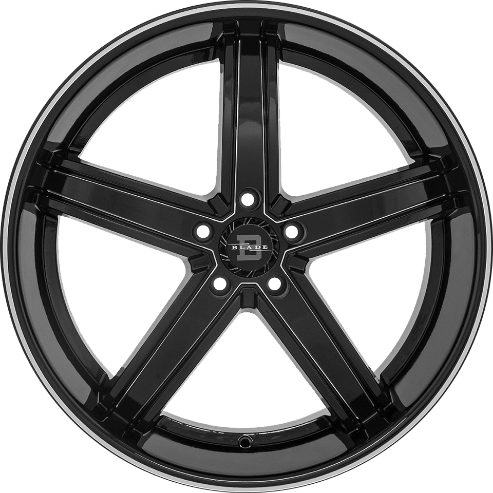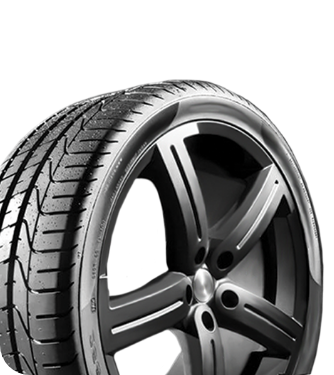
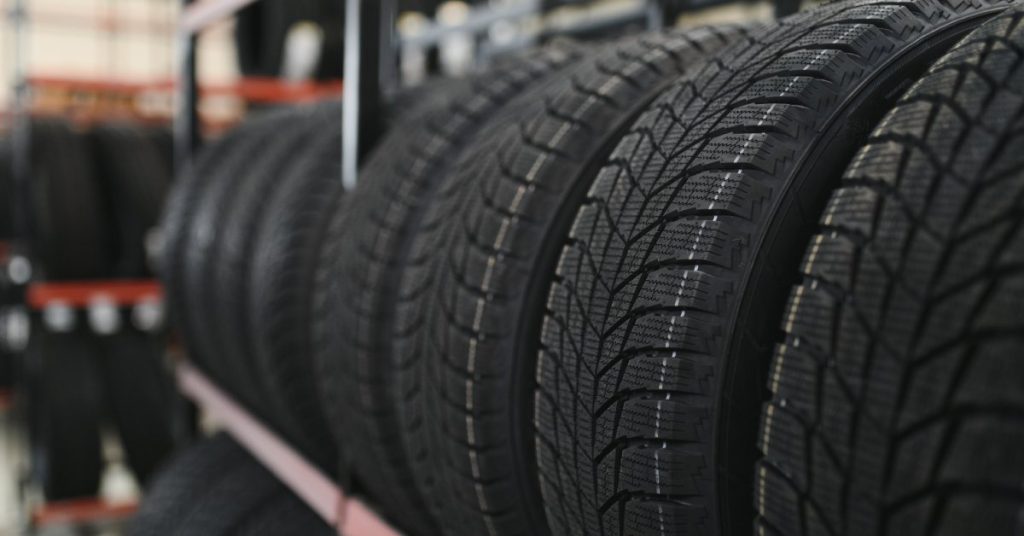
What Is the Purpose of Directional Tires?
Tires |When you’re shopping for new tires, you might notice some models labeled as “directional.” These specialized tires feature a unique tread pattern designed to rotate in one specific direction, offering distinct advantages for your driving experience. Understanding the purpose of directional tires can help you make informed decisions about your vehicle’s safety, performance, and maintenance needs.
Directional tires offer a range of benefits for drivers who prioritize optimal traction, effective water evacuation, and enhanced performance. Whether you’re commuting through city streets or navigating highway conditions, these tires deliver measurable improvements in handling and safety.
Understanding Directional Tire Design
Directional tires feature asymmetrical tread patterns that work optimally when rotating in a predetermined direction. The tread design typically includes V-shaped grooves, angled channels, and specialized rubber that channels water, debris, and air in specific ways.
This engineering approach creates a tire that performs differently from traditional symmetric tires. The directional pattern enhances the tire’s ability to grip the road surface, efficiently evacuate water, and maintain consistent contact with the pavement during acceleration, braking, and cornering.
Key Design Elements
The tread pattern on directional tires includes several important components. Deep circumferential grooves run around the tire’s center, providing primary channels for water evacuation. Lateral grooves connect to these main channels, creating an efficient drainage network that reduces the risk of hydroplaning.
The angled tread blocks create biting edges that improve traction on various surfaces. These blocks are positioned to optimize contact pressure distribution, ensuring even wear patterns and consistent performance throughout the tire’s lifespan.
Primary Benefits of Directional Tires
Directional tires are specially designed to enhance your driving experience by offering superior performance in specific conditions. Whether you’re navigating wet surfaces or seeking better overall handling, directional tires provide a reliable solution for drivers looking to optimize safety and efficiency.
Superior Water Evacuation
Directional tires excel at moving water away from the contact patch between your tire and the road surface. The V-shaped tread pattern acts like a pump, forcing water outward and reducing hydroplaning risk during wet weather conditions.
This improved water evacuation becomes particularly important for drivers who frequently encounter rain, puddles, or wet road conditions during their daily commutes. Studies show directional tires can improve wet-weather stopping distances compared to standard tire designs.
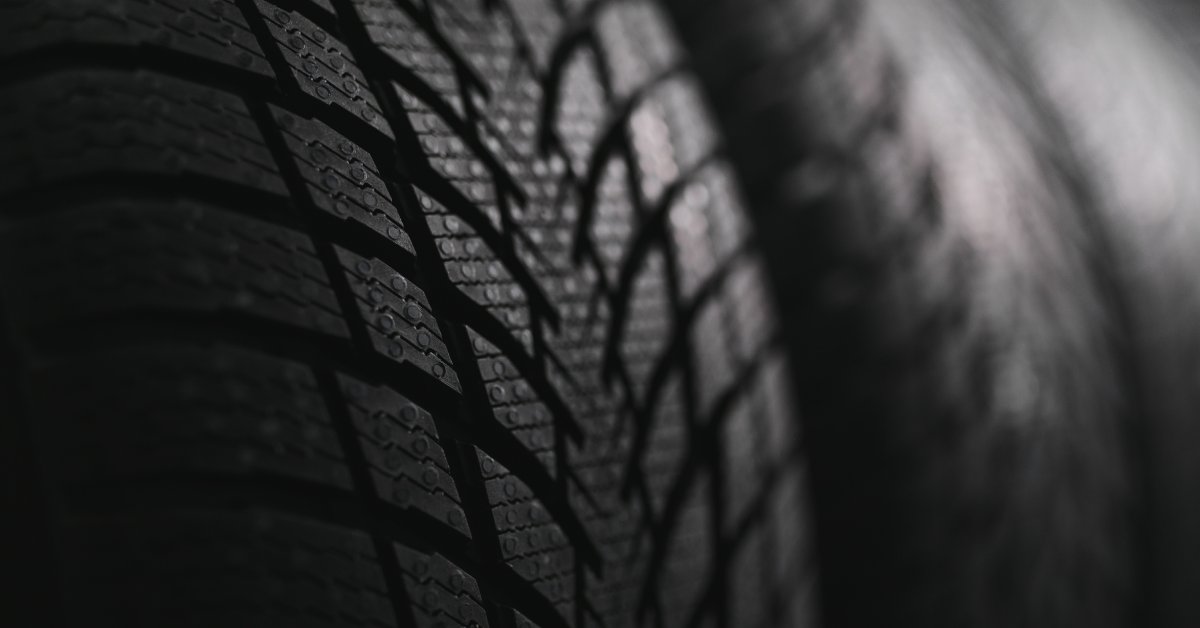
Enhanced Traction Performance
The specialized tread pattern provides superior grip during acceleration and braking. The directional design ensures maximum tread block contact with the road surface, improving your vehicle’s ability to transmit power effectively.
This enhanced traction translates to more confident driving experiences, especially when merging onto highways, navigating steep inclines, or making quick acceleration moves in traffic situations.
Improved Handling Characteristics
Directional tires offer more predictable handling responses during cornering and lane changes. The asymmetrical tread design provides consistent feedback through your steering wheel, helping you maintain better control of your vehicle.
Drivers often notice improved steering precision and reduced road noise when switching to directional tires, creating a more comfortable and controlled driving experience.
Common Applications and Vehicle Types
While primarily designed for performance-focused scenarios, these tires can also benefit everyday commuters seeking enhanced safety and improved driving comfort in challenging weather conditions. If you have one of the following vehicle types, then directional tires might be the best option for your car.
Performance Vehicles
Many sports cars and performance-oriented vehicles come equipped with directional tires from the factory. These applications benefit from the enhanced grip, improved handling response, and superior braking performance that directional designs provide.
Performance vehicle owners often prioritize the improved cornering capabilities and enhanced dry weather traction that directional tires deliver during spirited driving situations.
All-Season Applications
Modern directional tire technology extends beyond performance applications. Many all-season directional tires provide excellent year-round performance for daily commuters who want enhanced safety and performance without sacrificing ride comfort or tire longevity.
These tires work particularly well for drivers who face varied weather conditions throughout the year, offering consistent performance across different seasons and road conditions.
Installation and Maintenance Considerations
Proper installation and maintenance of your tires are essential for ensuring optimal performance, safety, and longevity. Whether it’s understanding the correct rotation patterns for directional tires or monitoring air pressure levels, maintaining your tires is a simple yet effective way to maximize their lifespan.
Proper Installation Requirements
Directional tires must be installed with the correct rotational direction. Tire sidewalls include directional arrows or “rotation” markings that indicate the proper mounting orientation. Installing these tires incorrectly can significantly reduce their performance benefits and potentially create safety hazards.
Professional installation ensures proper mounting direction, helping you maximize the performance benefits these specialized tires provide.
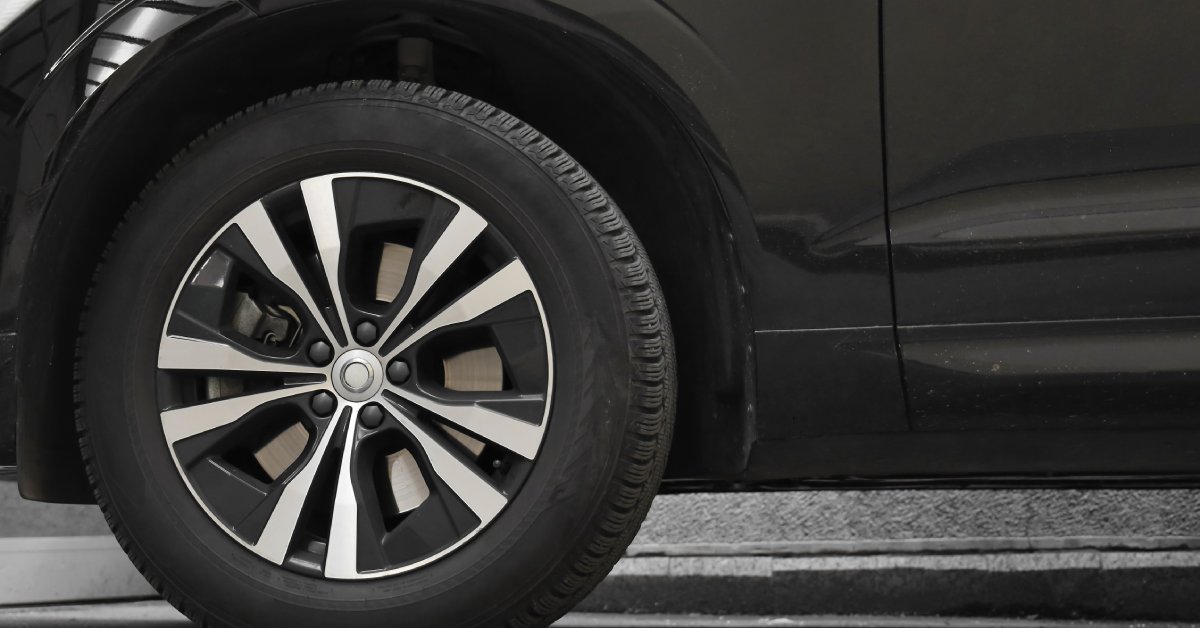
Rotation Limitations
Traditional tire rotation patterns are not suitable for directional tires. These tires can only be rotated front to back, which limits the rotation options compared to symmetric tire designs.
This rotation limitation means directional tires may experience different wear patterns depending on their position on your vehicle. Front tires typically wear out more quickly due to the forces of steering and braking, necessitating more frequent replacement.
Replacement Considerations
When replacing directional tires, you’ll need to maintain the same directional pattern across your vehicle. Mixing directional and non-directional tires can create handling inconsistencies and reduce overall performance.
Planning ahead for tire replacements helps ensure you maintain optimal performance and safety characteristics throughout your tire’s service life.
Cost and Value Analysis
Directional tires typically cost 10–20 percent more than comparable nondirectional designs. However, many drivers find that the enhanced performance, improved safety, and better driving experience justify the additional investment.
The improved fuel efficiency that some directional tires provide can help offset their higher initial cost over time. Better rolling resistance and optimized tread patterns contribute to modest improvements in fuel economy during highway driving.
Making the Right Choice for Your Vehicle
Consider directional tires if you prioritize enhanced wet weather performance, improved handling characteristics, or drive a performance-oriented vehicle. These tires work particularly well for drivers who frequently encounter varied weather conditions or want maximum confidence during challenging driving situations.
Evaluate your driving patterns, budget considerations, and performance priorities when deciding whether directional tires are a good fit for your needs. Consulting with tire professionals can help you understand how directional designs might benefit your specific vehicle and driving requirements.
Maximize Your Tire Investment
Directional tires serve a distinct purpose, offering measurable benefits for drivers who value enhanced performance, improved safety, and superior wet-weather capabilities. Understanding these specialized tires helps you make informed decisions that will improve your driving experience while maintaining your vehicle’s optimal performance.
Consider working with RNR Tire Express; our certified technicians can assess your specific needs and recommend the best directional tire options for your vehicle, driving patterns, and budget requirements. Discover affordable tires in Clovis at our tire shop and explore the best payment options available to you.


